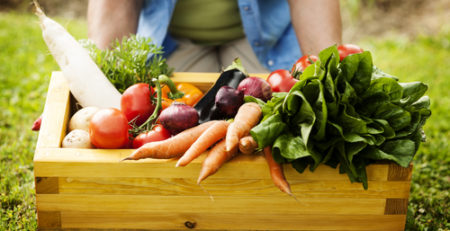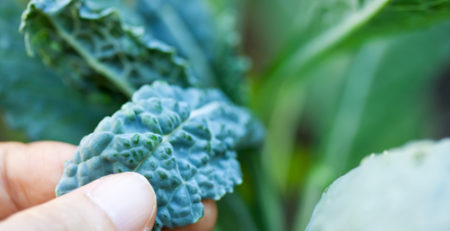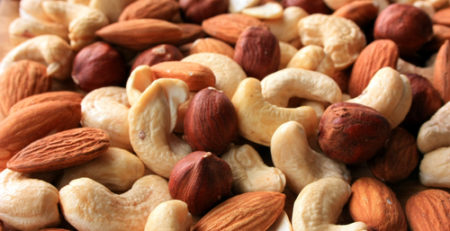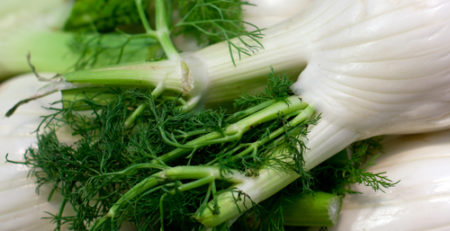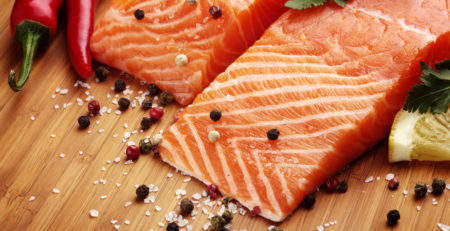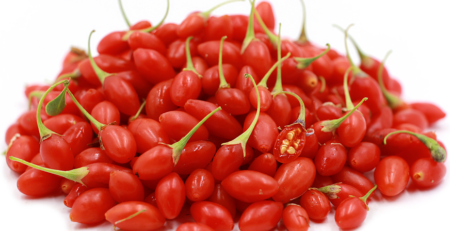Farmers Markets and Buying Organic Seasonally
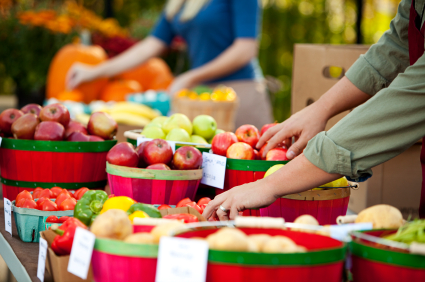
It’s 2013, the holidays are over and the call of the local farmers market is right around the corner. Before you load up on organic produce, just knowing what is coming ahead in the seasons ahead will help you make the most of your budget and recipes organically, seasonally, and locally.
According to The Examiner, organic vegetable gardening is the hottest gardening trend of 2013, so it’s the perfect time to brush up on green thumb habits and buy seeds. The growing concern over GMOs (genetically modified foods) has loomed large in past years, and organic, local farming offers the safest alternative to processed, corn-syrup infused, mass-produced foods.
Here’s a breakdown of the best seasons to buy the most popular organic veggies at their peak:
Spring
Artichokes, Asparagus, Broccoli, Chives, Collard Greens, Corn, Fava beans, Fennel, Green Beans, Mustard Greens, Peas, Radicchio, Red Leaf Lettuce, Snow Peas, Spinach, Spring Baby Lettuce, Vidalia Onions, Watercress
Summer
Beets, Bell Peppers, Chinese Long Beans, Corn, Cucumbers, Eggplant, Garlic, Green Beans, Jalapeno Peppers, Lima Beans, Okra, Radishes, Tomatoes, Zucchini
Autumn
Acorn Squash, Broccoli, Brussels Sprouts, Butternut Squash, Cauliflower, Endive, Garlic, Ginger, Pumpkin, Turnips, Winter Squash
Winter
Brussel Sprouts, Collard Greens, Delicata Squash, Kale, Leeks, Sweet Potatoes, Turnips, Winter Squash
All Year Round
Arrowroot, Banana Squash, Bell Peppers, Black Eyed Peas, Bok Choy, Broccoflower, Cabbage, Carrots, Celery, Cherry Tomatoes, Leek, Lettuce, Mushrooms, Olives, Onions, Parsnips, Potatoes
Be patient and browse before you buy. Often there are surprises at every corner of a farmer’s market, so take your time.
Why buying local is better:
- First, buying local establishes a sense of community. You get to know your neighbors and see first-hand what kinds of produce is available near you. You might even swap recipes. Learning what kinds of foods your neighbors are growing in their own back yards is a good incentive to start that turnip garden of your own to trade for fresh produce like squash and green beans. Don’t be too shy to ask questions; you’ll learn more about food, your neighbors, and yourself in the process.
- Buying local ensures the freshest ingredients. Strawberries you buy during the wintertime are less flavoursome than those picked in-season. With over 7,000 farmers’ markets across the U.S. to choose from, chances are (if you’re early enough) you can get the drop on the freshest greens and crispest produce.
- Buying local sustains small-scale farmers and pesticide free food options. Your local growers will be thankful for the business, and your gut will be thankful for the organic, toxic treated crops. Also, you’re promoting local crop diversity over large-scale growers of staple crops like corn or soybeans.
- Buying local at a farmer’s market gives you bigger options than most large-chain retailers like Wal-Mart and Albertsons (although some branches are now integrating local options into their businesses).
- Buying local can be cheaper. Farmer’s markets yield higher quality produce at less cost per pound because they aren’t middle managed or filled with preservatives. Buying in season will also produce fresher goods at cheaper prices because of their abundance.
A pro tip in saving big is to freeze your purchases. Tomatoes taste better in August, but buy in bulk and save big by freezing your pickings. But beware—buying too much at once without a game-plan could also mean wasting money and spoiled fruits and veggies on the counter.


